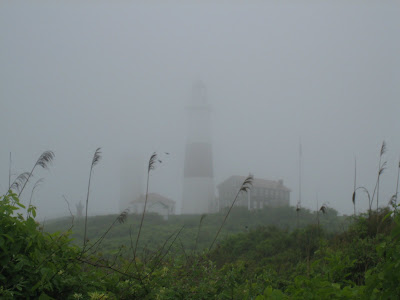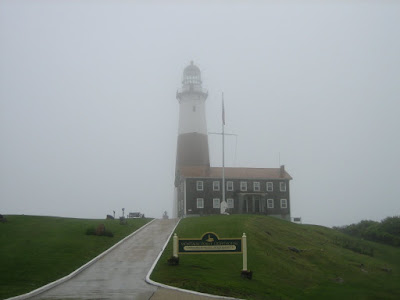This semester, I took a class on American history from 1890-1945. The professor decided to arrange a study week trip to Franklin D. Roosevelt's Presidential Library and Museum, which we visited on Friday, about 20 minutes away in Hyde Park. FDR was born and raised in Hyde Park, and his home (which he managed to visit very frequently during his presidency, almost every 6 weeks) is also a museum that you can go and tour. We only had time to see the library and museum, but I'd love to make another trip to see his home. Since FDR's presidency lasted from 1932-1944, his presidency was a big part of the class. It was really interesting to go see the Presidential Library and its adjoining museum after having learned so much about FDR, the Great Depression, and World War II.

First we sat in one of the meeting rooms of the library and learned about presidential libraries in general. George Washington actually had the idea for a presidential library, a place in which the public would be able to search for and view official documents pertaining to his presidency. Washington died before his vision was realized, and it wasn't until FDR that the first presidential library was established. FDR was the first to actually open a presidential library, but in his retirement Herbert Hoover (FDR's predecessor) decided to open a library of his own, so FDR isn't the first president chronologically with his own library. Each president since has opened his own library, and there are now twelve throughout the US. And their collections, as you might imagine, are massive.
The special exhibit at the museum right now is called "
Action and Action Now: FDR's First 100 Days." (You can download a pdf file of the exhibition catalog on the website if you're interested.) We had discussed FDR's first 100 days in class, as well as a NYTimes article comparing Obama's first 100 Days to those of FDR and other presidents.
This is the article comparing Obama to FDR - the tagline is "Obama has led people to re-think their assumptions. Just like F.D.R." The exhibition wasn't much new information, but it was certainly interesting to see, and was put together well. The room about FDR's Fireside Chats (his conversations with the nation broadcasted over the radio) was set up like a 1930s kitchen, and a video on the Fireside Chats played, incorporating lighting and sounds in the room itself that were designed to make you feel like you were sitting at home listening to the radio during the Depression.


There was also a permanent collection, including FDR's study, where he delivered several of the Fireside Chat speeches, his desk, and lots of memorabilia. There was a room specifically dedicated to Eleanor Roosevelt, and a special section just on Fala, their cute little Scottish terrier. The gift shop was called the New Deal Shop. Our bus driver actually told us that he had lived in the area his whole life, and when he was about 12 in the 1940s (I think he said he's 78 now), he saw FDR at the post office and waved to him. He told us, "We cried when FDR died, we cried when Kennedy died, and we cried when Obama was elected. Now I don't know what the connection there is, but they're certainly three great men." It was interesting to hear his firsthand experience living in FDR's hometown, along with all of the facts and artifacts we'd seen in the museum.


 Can you tell how dreary it was?
Can you tell how dreary it was?





























